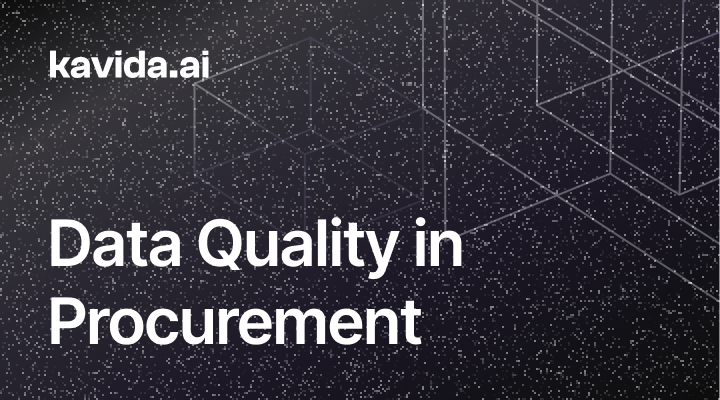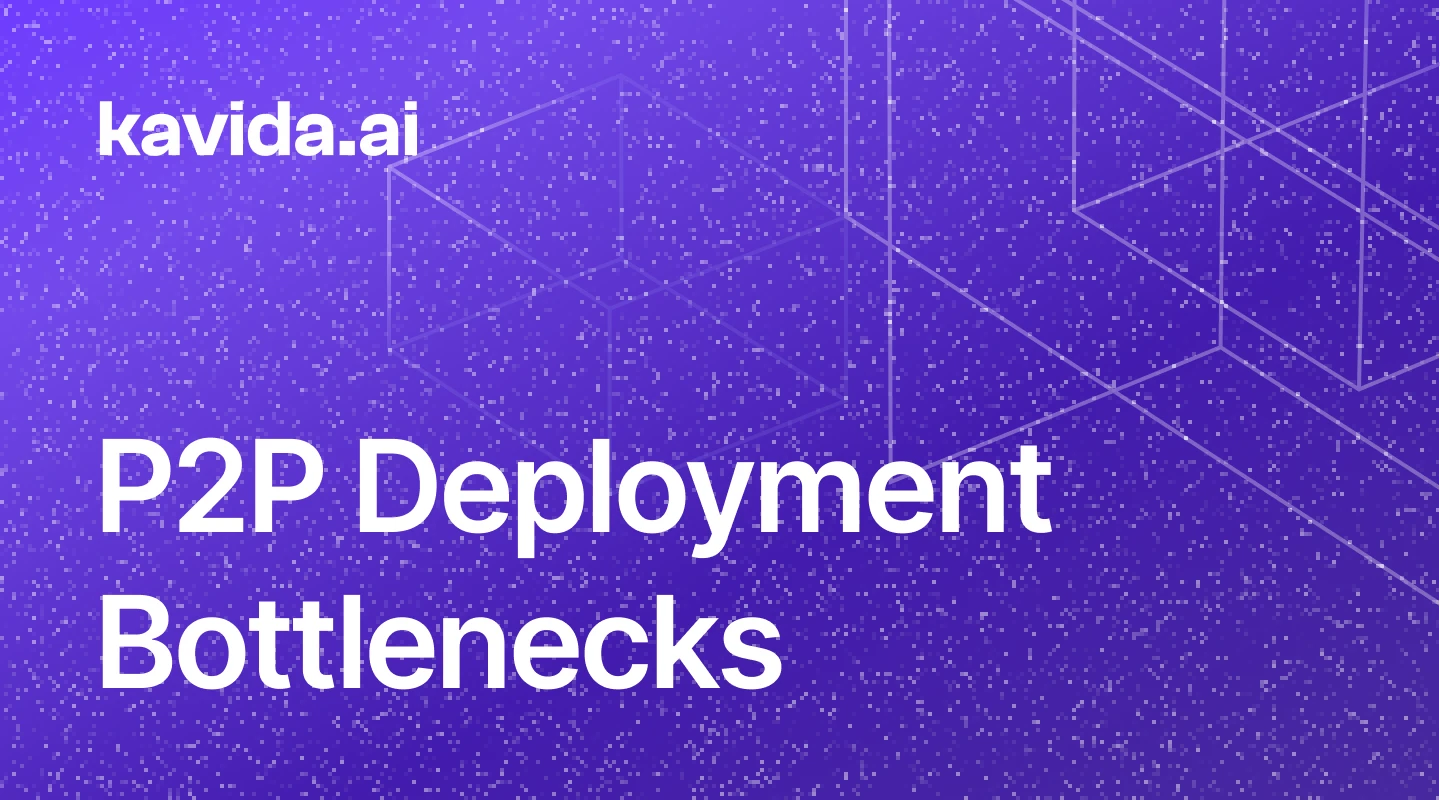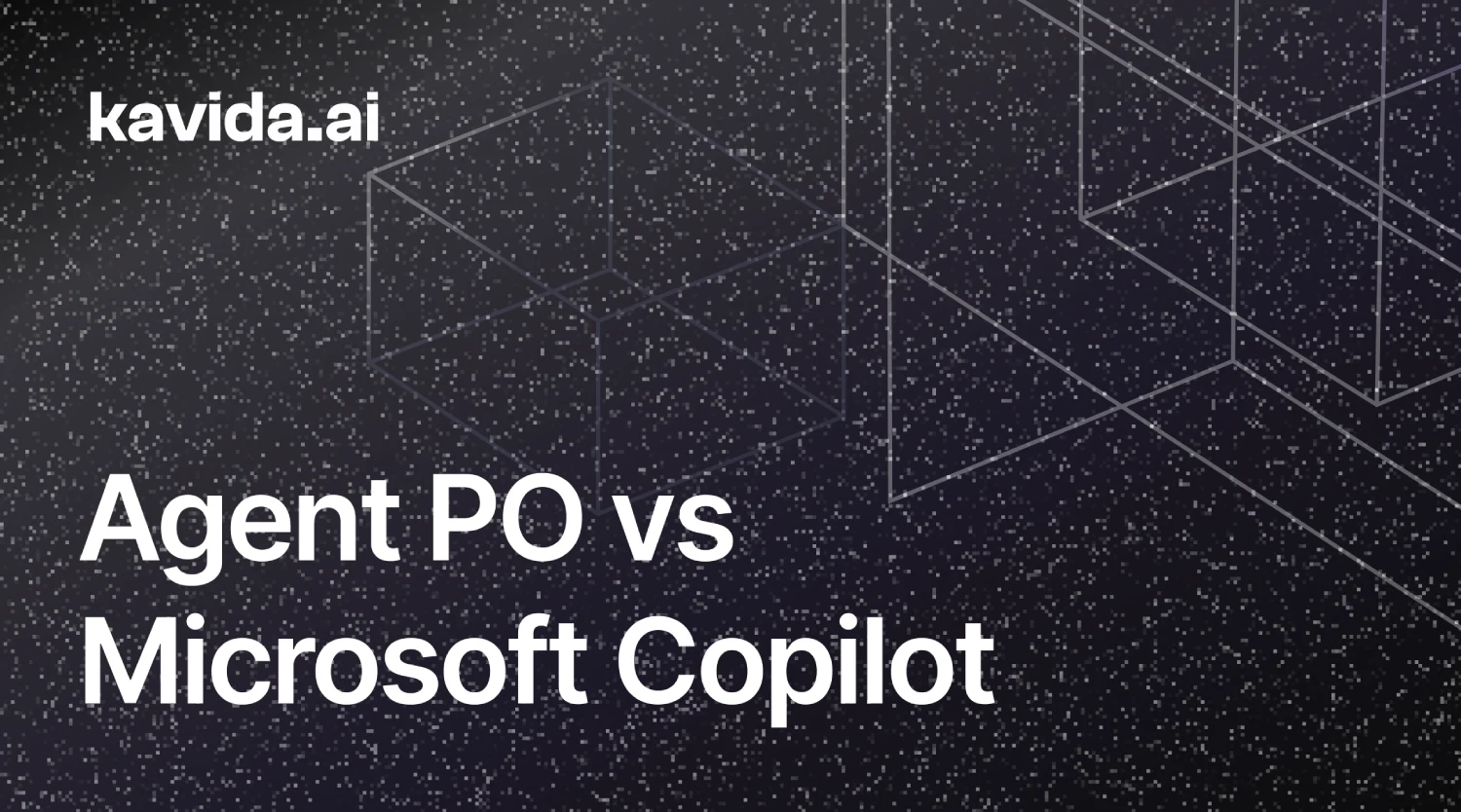
ANNOUNCEMENT
QAD Redzone acquires Kavida — our Agents have joined the Champion AI family

Discover how AI agents are reshaping the manufacturing operating model

Hi, I’m Alison!
Share your details, and I’ll give you a call in minutes to see how we can assist.

The Cost You Don’t See Until It’s Too Late
If you’ve ever onboarded someone into a supply chain role, you know the first few weeks feel less like running a relay and more like teaching someone how to build the track.
Ramp time isn’t just a line item in HR metrics. It’s weeks (sometimes months) where your new team member is learning where things are, who to talk to, and which rules are written down versus the ones everyone “just knows.” In those weeks, orders still need chasing, RFQs still need turning around, and suppliers still need nudging.
Then there’s the flip side: the quiet panic when a seasoned coordinator hands in their notice. No matter how good the handover doc is, they take years of instincts with them. Things that aren’t written in SOPs like: If this supplier says they’re “almost ready” to ship, that’s code for “we’ve just started production.” which live in the heads of the people doing the work.
The result? Every departure or hire quietly costs you momentum. It’s just the reality of running a people-powered operation.
Why Traditional Software Falls Short
We’ve all been there: you roll out a shiny new tool, configure the workflows, and train the team.
The model is straightforward:

And for a while, it works. But here’s the problem: these systems are frozen snapshots of your process at one point in time.
They don’t evolve when a supplier shifts lead times or when a late QA document still gets approved under an exception. If something changes, you’re either back to expensive reconfiguration or you find yourself telling the team: “Just do it manually for now.”
Traditional software can give you consistency, but it’s brittle and doesn’t keep pace with the living, breathing nature of supply chain work, including the subtle “experience-based” judgments that help your best people perform.
The Agentic Shift: A Teammate Who Learns
AI agents flip this on its head. They learn the entire operation end-to-end, and get better with every run. Deploying an agent is like introducing a new team member who’s hungry to learn:
Workflow Discovery
The agent observes, engages, and maps how work truly happens, not just what’s written.
Initial Implementation
It takes on predictable, repetitive tasks, letting people focus fully on exceptions.
Iterative Tweaking
Every correction, adjustment, or team insight becomes part of the agent’s knowledge base.
The difference is simple but profound: traditional software peaks in usefulness the day it’s installed; agents get better the longer they’re in the role.
Cutting Ramp Time to a Fraction
Picture this: a new procurement coordinator joins your team. Instead of spending their first month digging through old emails, guessing how to phrase a supplier reminder, or asking ten times “what do we normally do here?”, they open their agent’s workspace.
From day one, the agent:
- Pulls up every historical order follow-up, RFQ, and QA document chase relevant to the supplier.
- Explains why certain decisions were made, so the new hire learns context alongside the process.
- Suggests the next best action based on both policy and past experience.

Instead of “learning the ropes” from scratch, your new hire is stepping into an active, ongoing conversation with a colleague who has already mastered the role.
The ramp curve changes completely.
Stopping Knowledge Loss in Its Tracks
Here’s the part that gets overlooked: agents don’t resign. They don’t get promoted out of the role and they never forget.
Every nuance your best people feed into the agent, from every exception handled to supplier-specific insight, becomes part of a permanent knowledge layer.
That means when someone moves on, the next person doesn’t start at zero. They start with all the judgment, context, and learned behaviour that’s been captured and reinforced over months or years.
Even better, if you need to scale your team quickly, you’re not multiplying the knowledge gap, you’re cloning the expertise.
The Teammate Who Only Gets Better
In supply chain operations, speed and resilience have always come from people. But people change roles, take leave, and eventually move on.
AI agents are a way to protect and compound it. They’re the teammate who never forgets, never leaves, and gets sharper with every passing week.
In a world where operational agility defines competitiveness, agents create a reliable source of operational intelligence your team can always build on.
Related articles

Data Quality – Your Biggest Strength in Procurement
Procurement leaders today need more than just efficient workflows—they need insights that drive smart decision-making. For decision makers...

Overcoming The P2P Deployment Bottlenecks That Could Kill Your Transformation
For organizations implementing or considering a Procure-to-Pay (P2P) system, it is important to understand that achieving...

Agent PO Vs. Microsoft Copilot – A Breakdown For Procurement Professionals
Procurement leaders today need more than just efficient workflows—they need insights that drive smart decision-making. For decision makers...

